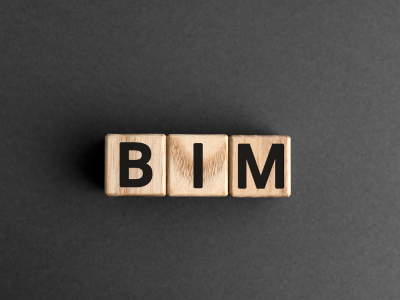Building Information Modeling (BIM) revolutionizes project planning, execution, and maintenance in contemporary design and construction. Understanding BIM levels is crucial to appreciating BIM’s benefits and possibilities. These levels outline how much a project involves teamwork and data integration. Understanding BIM levels is a fundamental step in optimizing project outcomes, whether you are investigating Building information modeling services or considering outsourcing them.
What are BIM Levels?
BIM levels, which are established metrics, indicate how BIM is used in a building project. Every level denotes a distinct phase of technological advancement and cooperation. These levels, ranging from Level 0 to Level 3, specify how project participants produce, distribute, and use information. Let us examine each level in more detail to learn its features and importance!
BIM Level 0
BIM Level 0 is the pre-BIM phase. At this stage, simple methods like 2D CAD drawings and paper documentation are usually used to develop project information. Stakeholders do not work together or exchange digital data.
Key aspects of BIM Level 0
● Data is separated and distributed as static digital files or actual representations.
● There is not a standardized data structure.
● There is little to no cooperation between teams.
BIM Level 0 may be sufficient for straightforward projects, but it is ineffective for the demands of contemporary buildings. Upgrading to higher BIM levels is essential for increasing project accuracy and efficiency.
BIM Level 1
BIM Level 1 introduces digital design and essential teamwork. Digital drawings are created using 2D and 3D CAD systems, but data sharing is still restricted.
Key aspects of BIM Level 1
● Traditional paper-based techniques coexist with digital sketches and models.
● A Common Data Environment (CDE) could be set up for simple data exchange.
● Teams operate alone, with little integration of project data.
Level 1 of BIM is the first step toward completing BIM implementation. It emphasizes the necessity of more collaboration and provides a sneak peek at digital design’s advantages.
BIM Level 2
At BIM Level 2, real collaboration starts. 3D models and shared data environments are utilized to facilitate coordination between several disciplines.
Key aspects of BIM Level 2
● While each stakeholder produces its 3D model, they exchange data using standard file formats.
● Improved project timeframes and fewer conflicts result from enhanced collaboration and communication.
● Increased openness guarantees that every team is using the most recent data.
BIM outsourcing services are frequently essential for enterprises to reach BIM Level 2. Outsourced suppliers provide their experience in 3D modeling data management to ensure smooth information integration across project teams.
BIM Level 3
The highest level of BIM maturity is represented by BIM Level 3. At this point, everyone collaborates on a single, shared 3D model stored in a cloud-based environment that ensures real-time modifications.
Key aspects of BIM Level 3
● Complete data integration between all fields, including operations, construction, and design.
● Cloud-based technologies make real-time data exchange and collaboration possible.
● Refined analytics and simulation techniques improve decision-making.
● More assistance with facility operations and lifecycle management.
To reach BIM Level 3, significant technology investment and a change in mindset toward integrated project delivery are necessary. Businesses that use Building information modeling services at this level experience increased sustainability, lower costs, and unmatched efficiency.
Final Takeaway
Organizations looking to utilize BIM services fully must comprehend the various levels from Level 0 to Level 3. The advantages of increased precision, efficiency, and teamwork become more apparent as you move through these levels. Working with seasoned BIM outsourcing services will help you move more quickly and guarantee successful implementation, regardless of whether you are just beginning your BIM journey or trying to streamline current procedures. With BIM, embrace the future of design and construction and open the door to more thoughtful, environmentally friendly projects.
